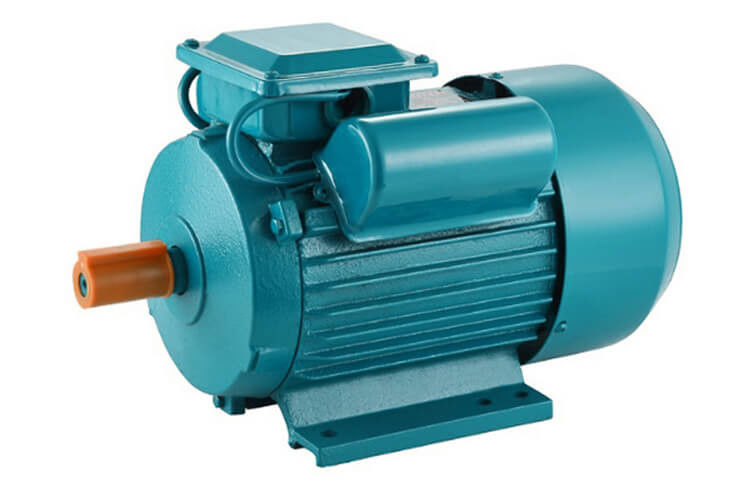Induction Motor Family, Fixed Speed AC Induction Motors
How Standard Induction Motors - Regal Beloit can Save You Time, Stress, and Money.
Self-starting polyphase induction motors produce torque even at standstill. Available squirrel-cage induction motor beginning approaches consist of direct-on-line beginning, reduced-voltage reactor or auto-transformer starting, star-delta starting or, significantly, new solid-state soft assemblies and, naturally, variable frequency drives (VFDs). Polyphase motors have rotor bars shaped to provide different speed-torque characteristics. The existing circulation within the rotor bars varies depending on the frequency of the induced current.
The different bar shapes can provide usefully different speed-torque qualities in addition to some control over the inrush current at start-up. Although polyphase motors are inherently self-starting, their beginning and pull-up torque design limitations need to be high enough to conquer real load conditions. In injury rotor motors, rotor circuit connection through slip rings to external resistances allows change of speed-torque attributes for velocity control and speed control functions.
Applications such as electrical overhead cranes utilized DC drives or wound rotor motors (WRIM) with slip rings for rotor circuit connection to variable external resistance permitting substantial series of speed control. Nevertheless, resistor losses associated with low speed operation of WRIMs is a major cost disadvantage, specifically for constant loads.
The speed of a pair of slip-ring motors can be managed by a cascade connection, or concatenation. The rotor of one motor is connected to the stator of the other. If the two motors are also mechanically linked, they will run at half speed. This system was when widely utilized in three-phase AC railway locomotives, such as FS Class E. 333.
The Facts About Tesla Polyphase Induction Motors - AC Motors - Electronics Revealed

The most common efficient way to manage asynchronous motor speed of lots of loads is with VFDs. Barriers to adoption of VFDs due to cost and reliability considerations have been reduced significantly over the past three decades such that it is approximated that drive innovation is adopted in as numerous as 3040% of all newly installed motors.
With scalar control, just the magnitude and frequency of the supply voltage are managed without stage control (absent feedback by rotor position). Scalar control is appropriate for application where the load is consistent. Vector control enables independent control of the speed and torque of the motor, making it possible to preserve a constant rotation speed at varying load torque.
UNDER MAINTENANCE